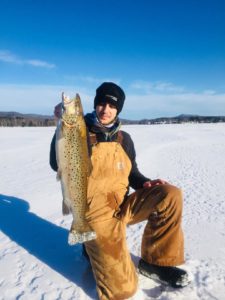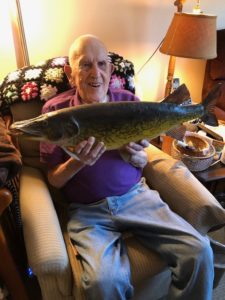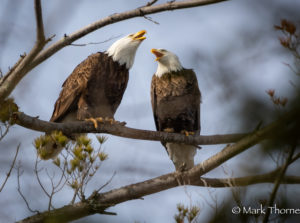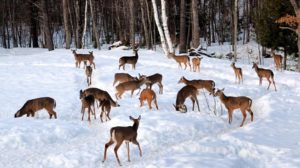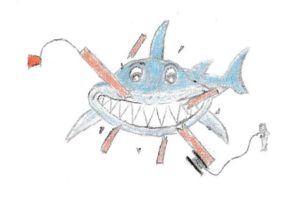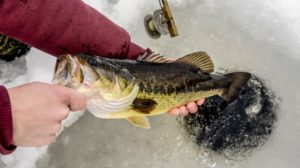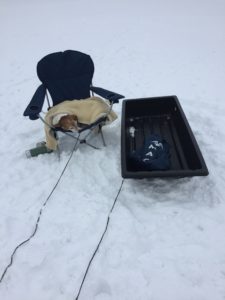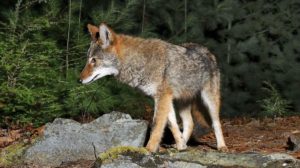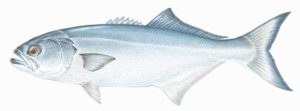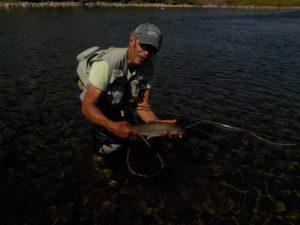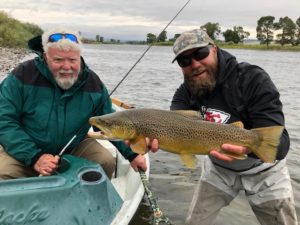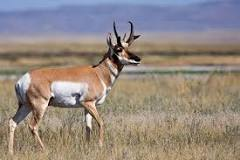Each year, MassWildlife recognizes anglers who catch exceptional freshwater fish in waters open to the public. If you submit the largest or longest fish in an eligible species category, you will get a gold pin and a plaque, and you’ll also be honored in a MassWildlife awards event.
Log onto https://www.mass.gov/service-details/gold-pin-winners to see all of the 2019 winners in the Adult Catch & Keep, Youth Catch & Keep and Catch & Release categories. You will notice that there were 20 gold pins awarded to local or out-of-area anglers who caught fish out of local waters and a gold pin awarded to a local angler who caught a big fish in waters outside of the Berkshires.
In an upcoming ceremony to be held at the MassWildlife Field Headquarters in Westborough, MA, the lucky anglers will receive gold pins and plaques commemorating their great feats.
Local gold pin winners were as follows:
Adult catch & keep category:
Chain Pickerel, 6 lbs 4 oz caught out of Stockbridge Bowl by Robert Kotleski of West Stockbridge.
Northern Pike, 26 lbs 10 oz caught out of Onota Lake by Eric Moser of Pittsfield
Yellow Perch, 1 lb 15 oz caught out of Onota Lake by Jonathan Beauchesne of North Grafton, MA.
Youth catch and keep category
Brown Trout, 7 lbs 5 oz caught out of Onota Lake; Bullhead, 2 lbs 0 oz caught out of Pontoosuc Lake; Carp, 16 lbs 9 oz caught out of the Housatonic River; Northern Pike, 14 lbs 5 oz caught out of Cheshire Lake; Sunfish, 1 lb 5 oz caught out of Ashmere Lake; White Perch, 1 lb 13 oz caught out of Pontoosuc Lake; and Yellow Perch, 1 lb 9 oz out of Cheshire Lake.
All of the above fish were caught by Alice Christman of Pittsfield.
Catch & Release category
Brook Trout, 19 inches caught out of Laurel Lake by yours truly. (How about that? I tied Lee Pearson of Plymouth who caught and released an identical sized brookie from Long Pond in Plymouth)
2019 Angler of the Year award winners
The Catch & Keep Angler of the Year Award is given to the person who weighs in the largest number of species that meet the minimum weight requirements for the previous calendar year. The award promotes awareness of the Commonwealth’s underutilized fish species and recognizes an angler’s ability to catch a wide variety of trophy species.
The Catch & Release Angler of the Year Award is awarded to the person who submits the largest number of species that meet the minimum length requirements for the previous calendar year.
With the exception of Alice, I don’t know how many bronze pins that the other two anglers were awarded during the year or in which categories, but records show that they earned gold pins in the following categories:
Adult Catch & Keep Category: Jonathan Beauchesne of North Grafton, MA earned 3 gold pins: A 37 lbs 4 oz Carp out of Quinsigamond Lake in Shrewsbury, a 5 lbs 1 oz Shad out of the Chicopee River in Chicopee and a 1 lb 15 oz Yellow Perch out of Onota Lake in Pittsfield.
Youth Catch & Keep Category: Can there be any doubt? Why of course it is Alice Christman of Pittsfield, MA. In addition to the 7 gold pin fish listed previously, she also caught a gold pin Channel Catfish which weighed 8 lbs 14 oz out of the Connecticut River in Springfield. But wait! There’s more! Alice also was awarded bronze pins for: largemouth bass, smallmouth bass, crappie, brook trout, brown trout, rainbow trout, tiger trout and pickerel.
She ended up getting a bronze or gold pin for 16 out of the 22 species of fish included in the program. Way to go Alice!
There is much more to Alice’s story which I hope to write about in an upcoming column. You may find it interesting, especially if you have an autistic child in your family.
Catch & Release Angler Category: Matthew Menard of Brookfield, MA earned 4 gold pins in the Adult Catch & Release category: A 30.75 inch Channel Catfish out of the Connecticut River in Agawam, an 18.25 inch Crappie out of Lashaway Lake in North Brookfield, a 30.00 inch Lake Trout out of Quabbin Reservoir and a 22.75 inch Smallmouth Bass also out of Quabbin Reservoir.
New State record fish caught in 2019 were as follows in the Catch & Release Category:
Bowfin – 31 inches caught out of the Taunton River in Taunton by Michael Nee of Framingham, MA
Crappie – 18.25 inches caught out of Lashaway Lake in North Brookfield, MA by Matthew Menard of Brookfield.
Rainbow Trout – 25.50 inches caught out of Jamaica Pond in Boston by Frankie Caloiero of Winchester, MA
Smallmouth Bass – 22.75 inches out of Quabbin Reservoir by Matthew Menard of Brookfield, MA
There were no state record fish caught in the Adult or Youth Catch and Keep categories. Probably the reason for so many state records in the Catch and Release category is that this category is still relatively new, having started in 2015 and the records will frequently change for a while.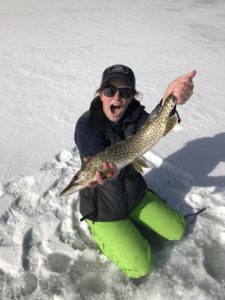
Page 13 of the MA Fishing & Hunting regulations explains the Freshwater Sportfishing Awards Program and provides a chart which lists the minimum weights and lengths to qualify for a pin. You might want to take it along whenever you go fishing. If a fish doesn’t measure up, then you can release it to be caught another day…….unless, of course, you want to release it into a frying pan.
Rocky Mountain Elk Foundation Banquet
The Bay State Chapter of the Rocky Mountain Elk Foundation is having a banquet on Saturday, February 22 at the Stockbridge Sportsmen’s Club, 24 West Stockbridge Road in Stockbridge. It is billed as the do-not-miss social event of the year with a chance to win top notch firearms, premium hunts and exclusive gear. Even if you don’t hunt elk, it is a social evening of fun, great food and camaraderie all for the benefit of elk country. Peter DelGrande’s famous Herb-Crusted Boneless Prime Rib and Chicken Marsala Buffet is reason enough to attend.
Prizes include firearms and bows, premium hunts, trips and adventures, limited edition art, handcrafted pottery and home furnishings, custom jewelry, and much more. Tickets are limited, and cost: Single Attendee – Includes 1 Meal & 1 Supporting Membership – $80.00, Couple Attendee – Includes 2 Meals & 1 Supporting Membership – $125.00. Doors open at 5:00pm. Call Gary D. Johnston at (413) 441-0361 for more information.
The 37th Annual Springfield Sportsmen’s Show
Arguably the largest pure hunting and fishing show in the Northeast, it is filled with hundreds of booths, seminars and action areas. The two-building show is filled with an outdoorsman’s dream of fishing and hunting gear, outfitters, charter boats and adventure destinations, along with great deals on fishing boats, ATV’s and UTV’s. There will be interesting attractions and displays such as The Northeast Big Buck Club, Trout Pond, Water-Dog Retrieving Pool Demos, Two Seminar Rooms and more.
Each year, the show draws exhibitors from all over the Northeast who are eager to present their products and services to outdoor sporting enthusiasts throughout the greater New England area. Returning and all new fishing tackle vendors will exhibit and sell fishing reels and rods, hard and soft plastic baits, fishing kayaks with accessories and boats of all types.
The show takes place at the Eastern States Exposition (Big E) 1305 Memorial Ave., West Springfield, MA) on February 21 through 23. The show hours are Friday from noon to 8 PM, Saturday 9 AM to 7 PM and Sunday 10 AM to 5 PM. Admission: Adults – $15, kids 6 to 12 – $5 and under 6 free.
Housatonic River Clean-up
There was some big news last week. I’ll put off my comments until next week as I want to hear what the local hunters, fishers and trappers think about it. Drop me a line at the below address if you have a chance. Thank you.

